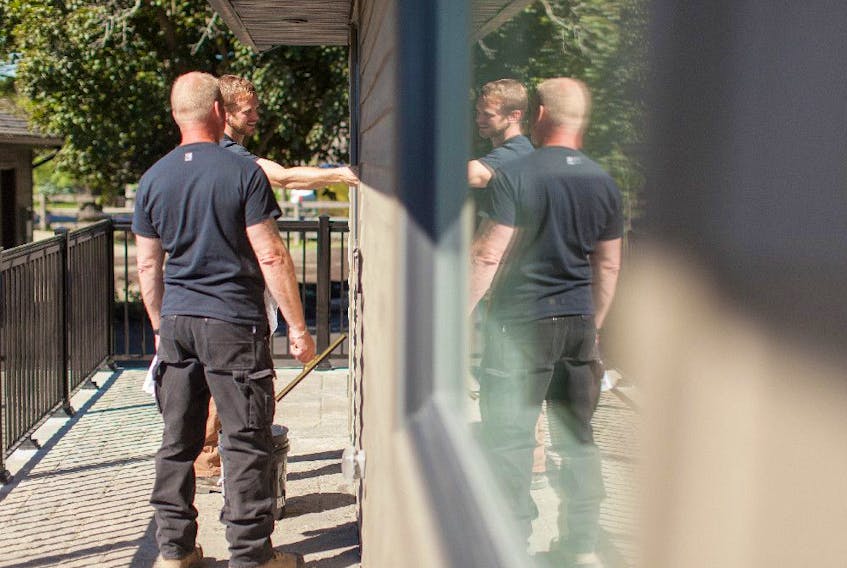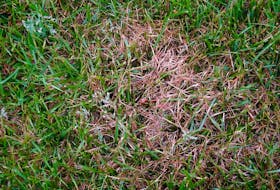The first few trees along my property have begun their process of changing colour for the season. To me, that signifies three things: that it’s time to close up my pool, switch my summer overalls for the winter ones, and to monitor my emails for questions about windows.
Like clockwork, when the temperature dips during fall, that’s often when homeowners begin to notice problems with their windows — and I always hear about it. Before you fire up your next email here’s how to spot issues with your windows — and what to do about it.
Diagnosing problem windows
Why do we need good windows? The obvious reasons are that they provide a lot of natural light and can offer some good airflow in the house.
If you’re windows are no good, odds are they will be letting a ton of heat out of the house. Bad windows could also lead to moisture problems — which in turn can cause mould and rot. This isn’t something you want to take chances with. So how can you tell if your windows are no good?
First things first, when the temperature drops outside — does the area around your window feel significantly colder than the rest of the room? Can you actually feel the wind coming through? That’s a sign of an inefficient window.
Have you ever noticed your windows get a little weepy during the fall? By that I mean, you might start seeing condensation forming between the windowpanes. Sometimes moisture will present itself a little differently. If you don’t see condensation, you may see things like bubbling paint around the window, or perhaps a little bit of water in the window pan.
OK, so you’ve found some problematic windows in your home — now what do you do?
How to solve window problems
Some window issues can be fixed by a savvy homeowner with a little bit of elbow grease and a trip to the hardware store.
For those drafty, cold windows, often the caulking around the windows has worn away, allowing drafts to sneak in through the cracks. Drafts can account for up to 30 per cent of your home’s heat loss, so replacing old and worn caulking can often do the trick. Scrape out the old stuff with a putty knife, give the area a good clean with a damp cloth, and lay down some new caulking — make sure it’s an exterior caulking that will be able to expand and contract with the window.
Most windows today will be double or triple paned, and sealed with a gas to act as an insulating power to keep that condensation at bay by stopping cold and warm air from meeting. If that seal breaks down, you could start to see condensation, though that’s not the only reason you’ll see beads of moisture form.
The windows themselves could be in good shape — but perhaps the window cavity itself isn’t properly insulated. If you’re comfortable with it, carefully remove the interior trim from the window. Does it seem like the window has enough insulation? If not, you can fill it with some low expansion foam to help combat heat loss and condensation.
Does your home have a heat recovery ventilator (HRV) installed? These play an important role — as we build homes to be more air tight, the HRV triggers and air exchange within the home, replacing the moist air we create by cooking, bathing, and breathing and replacing it with fresh, treated air from the outside. When homes are too airtight, and you don’t have that proper exchange — you could see that condensation being to build up on your windows. Generally, you want the moisture content in your home to be between 25-45 per cent.
If your home has an HRV, it’s constantly meant to be running. I’ve heard of homeowners who have shut theirs off because they didn’t understand what it was for, and then were surprised when their home started having issues due to excessive moisture. If your home doesn’t have an HRV and you’re seeing that buildup — try opening the windows for about 15 minutes to manually trigger an air exchange. That could make a big difference.
Ultimately, if none of these solutions work — it sound like you’ve got a case of bad windows and it’s time to think about replacing them. You’ve still got time to make a call to the contractor before winter is upon us.
To find out more about Mike Holmes, visit makeitright.ca
Copyright Postmedia Network Inc., 2020









